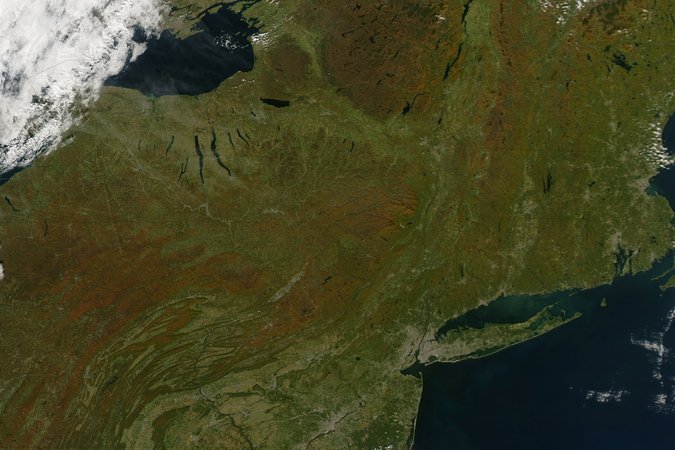The Incidence of U.S. Climate Policy: Alternative Uses of Revenues from a Cap-and-Trade Auction
View Journal ArticleFederal policies intended to slow global warming would impose potentially significant costs on households, and the costs would vary depending on the policy approach used. This paper evaluates the effects of a carbon dioxide (CO2) cap-and-trade program on households in each of 11 regions of the country and sorted into annual income deciles. We find important variation in the incidence (the distribution of cost) of the policy. The most important feature that affects households is how the policy distributes the value created by placing a price on CO2 emissions. We evaluate five policy alternatives that yield results ranging from moderately progressive (expansion of the Earned Income Tax Credit and cap-and-dividend approaches) to moderately regressive (reduced income taxes and reduction in the payroll tax). To varying degrees, the allocation of the value of emissions allowances amplifies or mitigates the distributional impacts of placing a price on CO2.
Authors

Richard Sweeney





